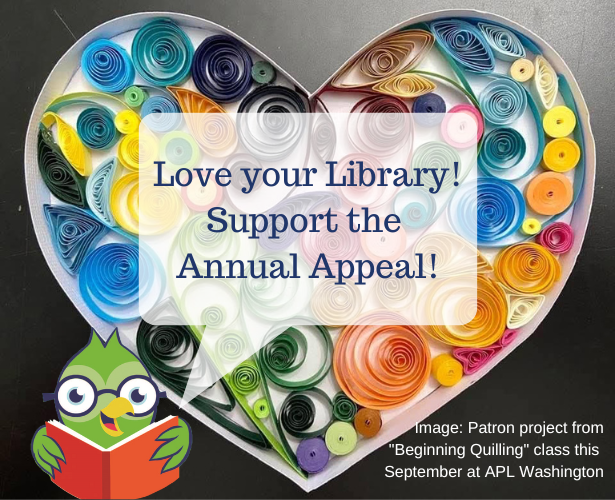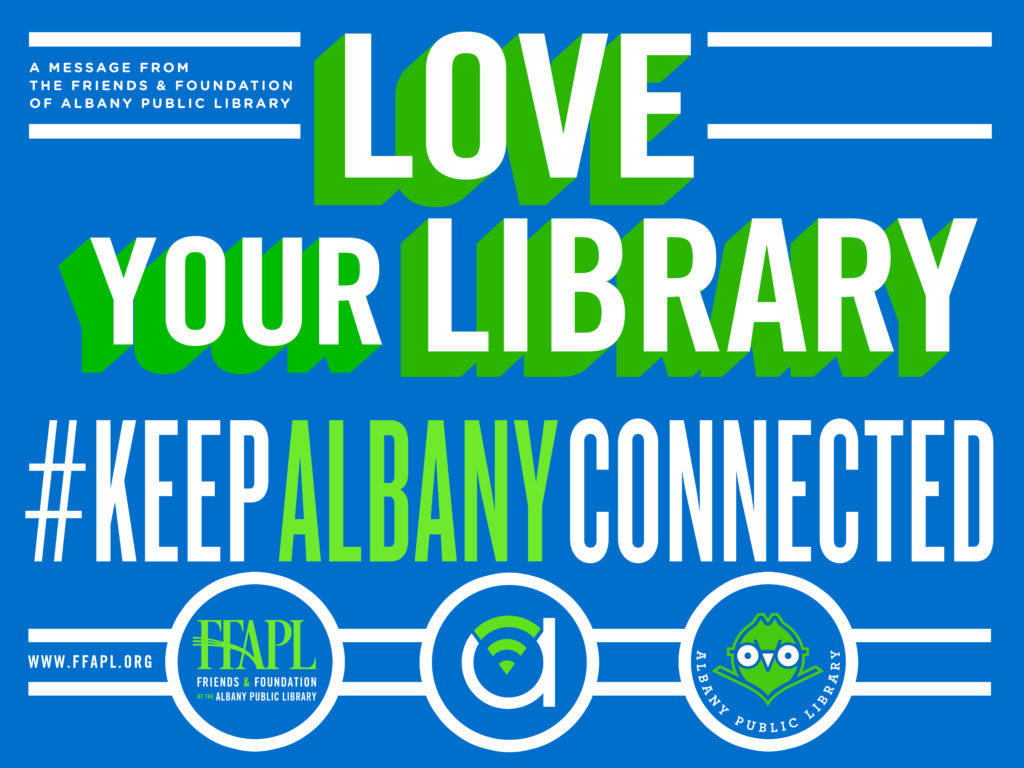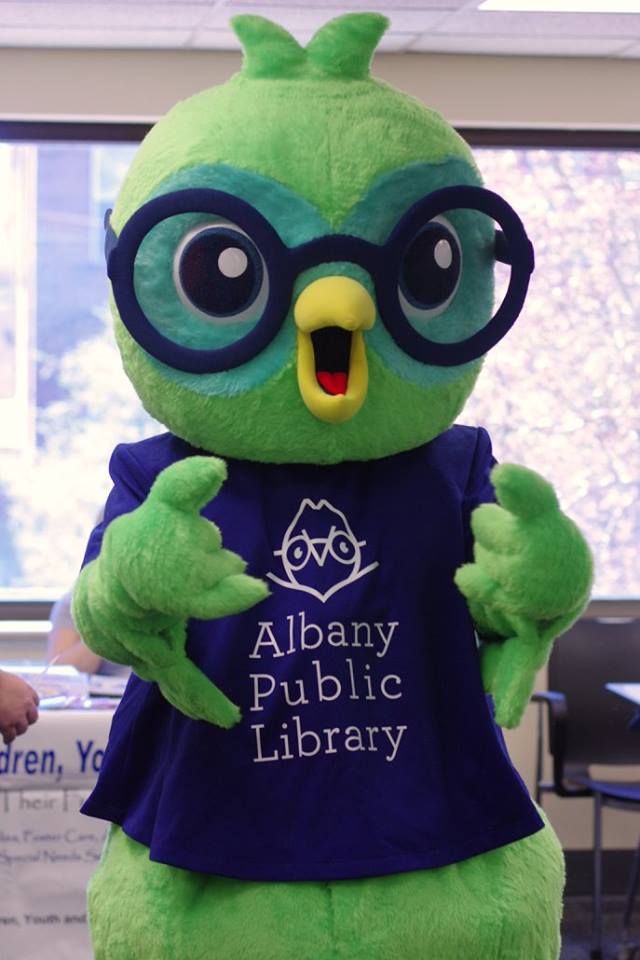Background
According to the National Digital Inclusion Alliance (NDIA), the Digital Divide is the “gap between those who have affordable access, skills, and support to effectively engage online and those who do not.” Groups most impacted by the digital divide according to NDIA, include: people of color, Indigenous peoples, low-income households, people with disabilities, residents of rural areas, and older adults. For further background information on the topic, earlier FFAPL blogposts addressed Understanding Digital Inclusion as well as Digital Redlining.
New York’s Digital Divide
In a March 2023 article by the Benton Institute for Broadband & Society, titled “New York is Working to ConnectALL”, Kevin Taglang, Executive Editor, Communications-related Headlines, brings us up to date on the Digital Divide in New York.
Taglang notes that as of September 2021, according to a report released by NY State Comptroller, Thomas P. DiNapoli, New York had made great strides in expanding broadband infrastructure. New York state also ranked #2 in the country for its percentage of the population with access to basic broadband speeds. However, gaps still abounded, with 250,000 New Yorkers lacking broadband service in their neighborhood, for example.
Broadband Mapping Consumer Survey
Soon after taking office, Gov. Kathy Hochul began prioritizing bridging the Digital Divide in New York. Gov. Hochul referred to high-speed internet as “the great equalizer” in today’s society. Specifically, high-speed internet has become a fundamental necessity for everyone, helping us to access information and essential services.
In September 2021, Gov. Hochul implemented a Broadband Mapping Consumer Survey, which was the first survey of its kind in New York State. This tracked broadband access across NY state, looking at availability, reliability, and costs. The goal was to work toward providing high-speed broadband access throughout the state, regardless of potential geographic and economic barriers.
The Cuomo administration had conducted previous work to advance broadband access, but it had not undertaken such a survey. The Cuomo administration’s work included, spending $500 million to help broadband providers expand their networks; and establishing an affordable internet program which capped broadband costs at $15 per month (basic service) and $20 per month (higher-speed service) for low-income households. Those qualifying for the program included, for example, Medicaid and SNAP recipients.
ConnectALL
More recently, in January 2022, Gov. Hochul launched the $1+ billion ConnectAll initiative, referred to as the “largest ever investment in New York’s 21st Century infrastructure,” according to a press release. The ConnectAll project includes a wide variety of components, all with the goal of bringing broadband access to every New Yorker. Hochul explained as part of the initiative, how the COVID-19 pandemic revealed the essential nature of broadband, likening it to a basic necessity such as heat, water, or electricity. The pandemic exposed the gaps in accessibility and reliability of broadband across the state, and the ConnectAll initiative intends to help bridge these gaps.
Albany Public Library and Broadband initiatives
On the local level, the Friends and Foundation of Albany Public Library has the #KeepAlbanyConnected initiative. It involves a variety of efforts to bridge the Digital Divide in our city through expanding broadband availability. Projects include the free WIFI in the parks initiative, begun in Spring 2019, which encompasses Washington, Lincoln and Bleecker-Swinburne parks.
Additionally, during the pandemic, APL implemented WIFI extenders outside of various branches in order to bring free WIFI access to the public outside of and in parking lots at its branches.
Finally, APL’s Digital Inclusion Partnership with the Albany Housing Authority (AHA), will be working under a grant until December 2023, to provide WIFI access to 14 indoor and outdoor locations on all 10 AHA campuses. This exciting partnership is also providing 60 laptops to qualifying residents as well as 40 laptops for community spaces. Program partners will also provide outreach and digital literacy education to AHA residents. Lex further discussed the details of this program, as well as the larger national context in a great conversation on Social Workers Radio back in 2022.
Additionally, you can follow the #KeepAlbanyConnected hashtag to stay up to date on FFAPL and Albany Public Library’s efforts to expand free public WIFI and bridge the Digital Divide in our city!




